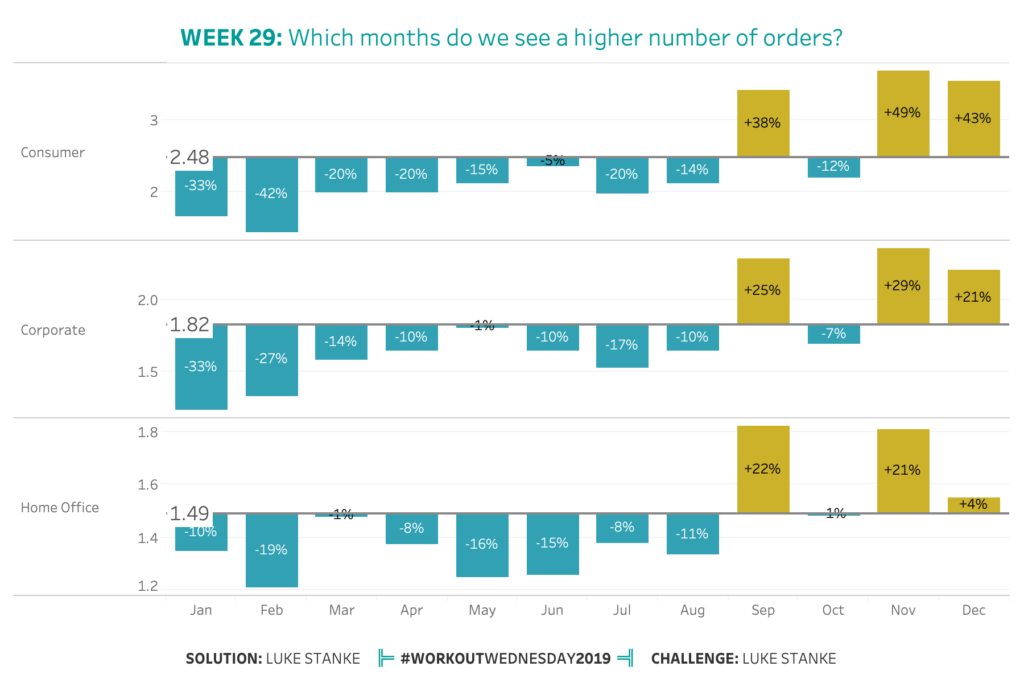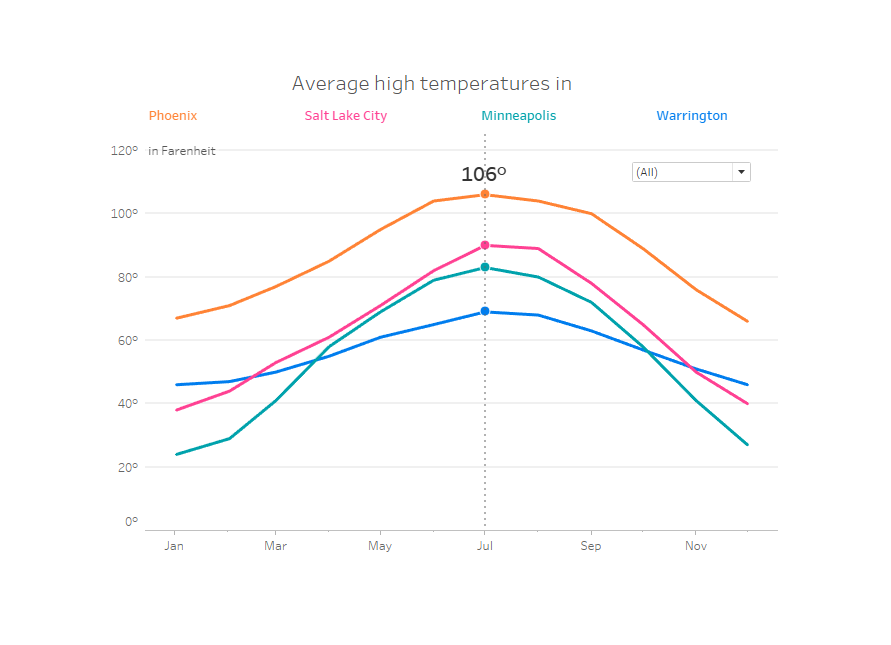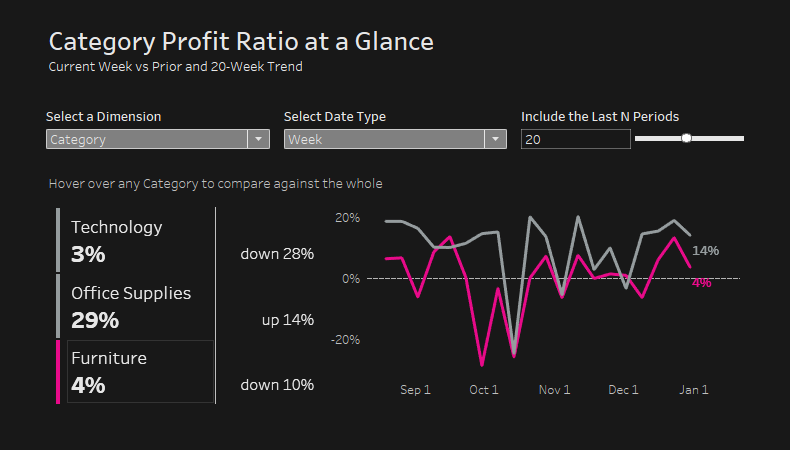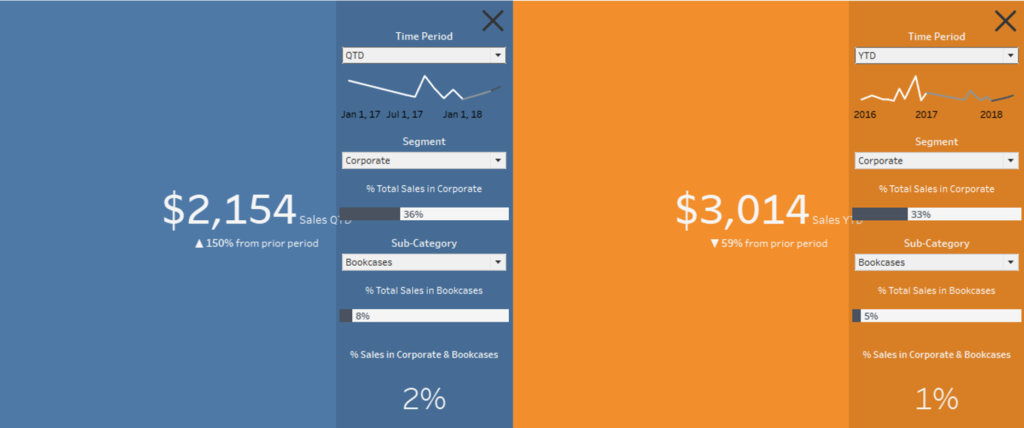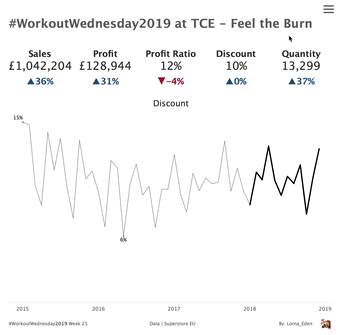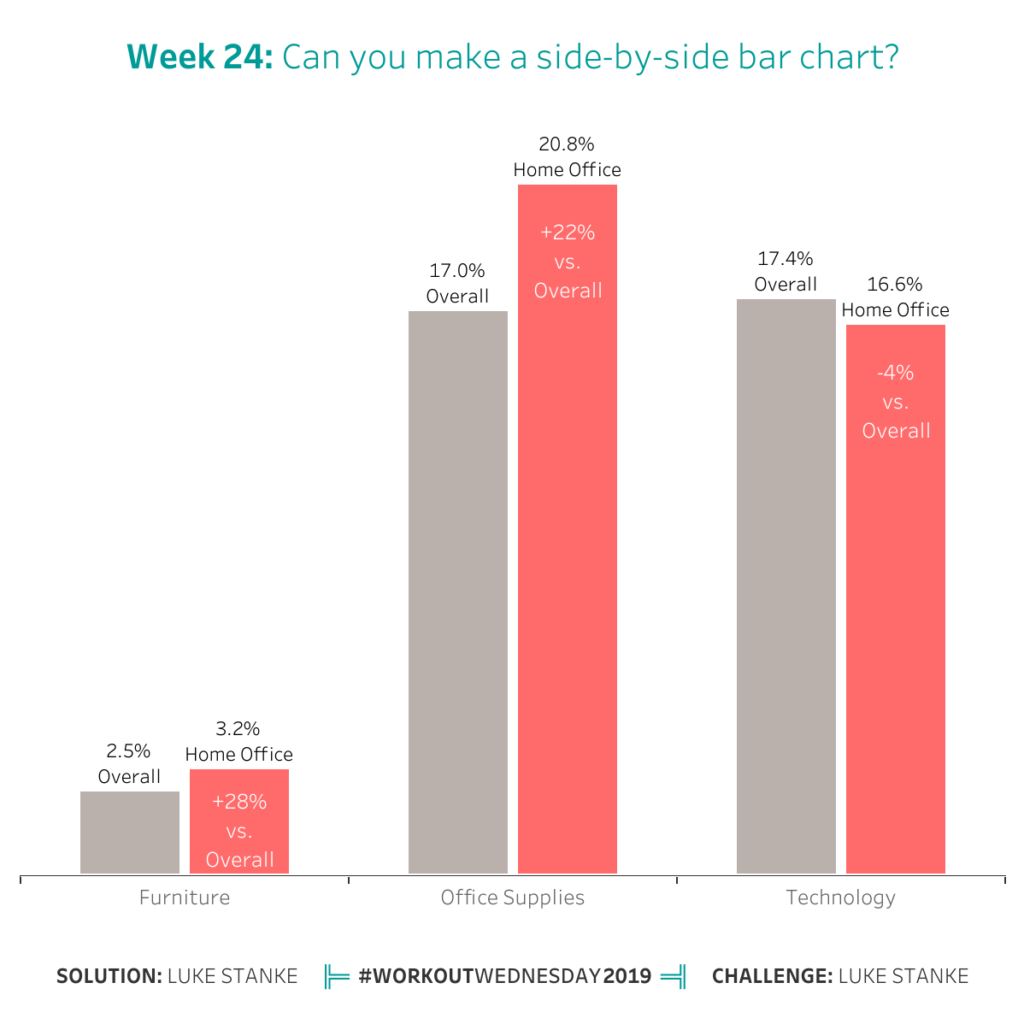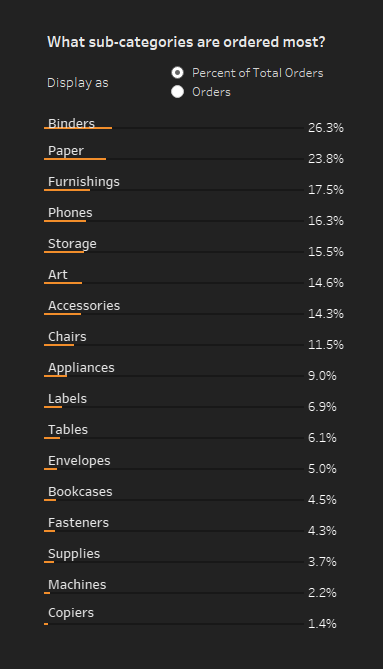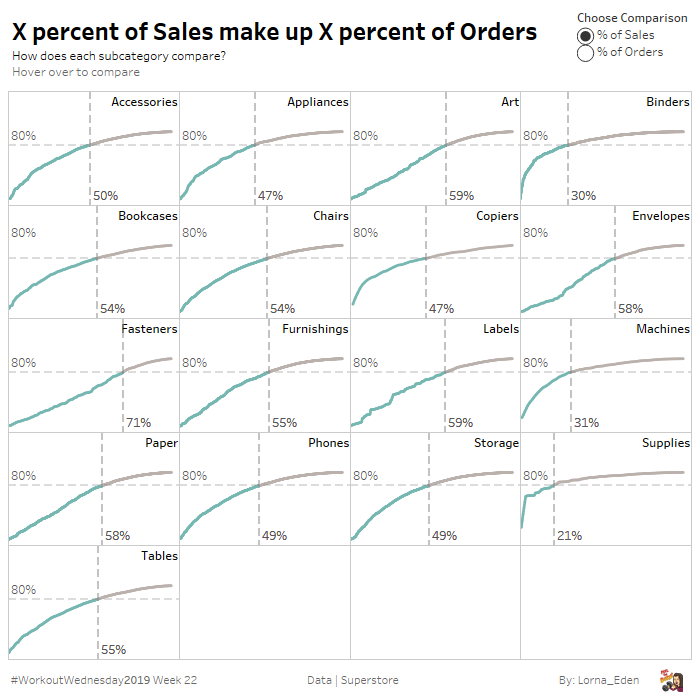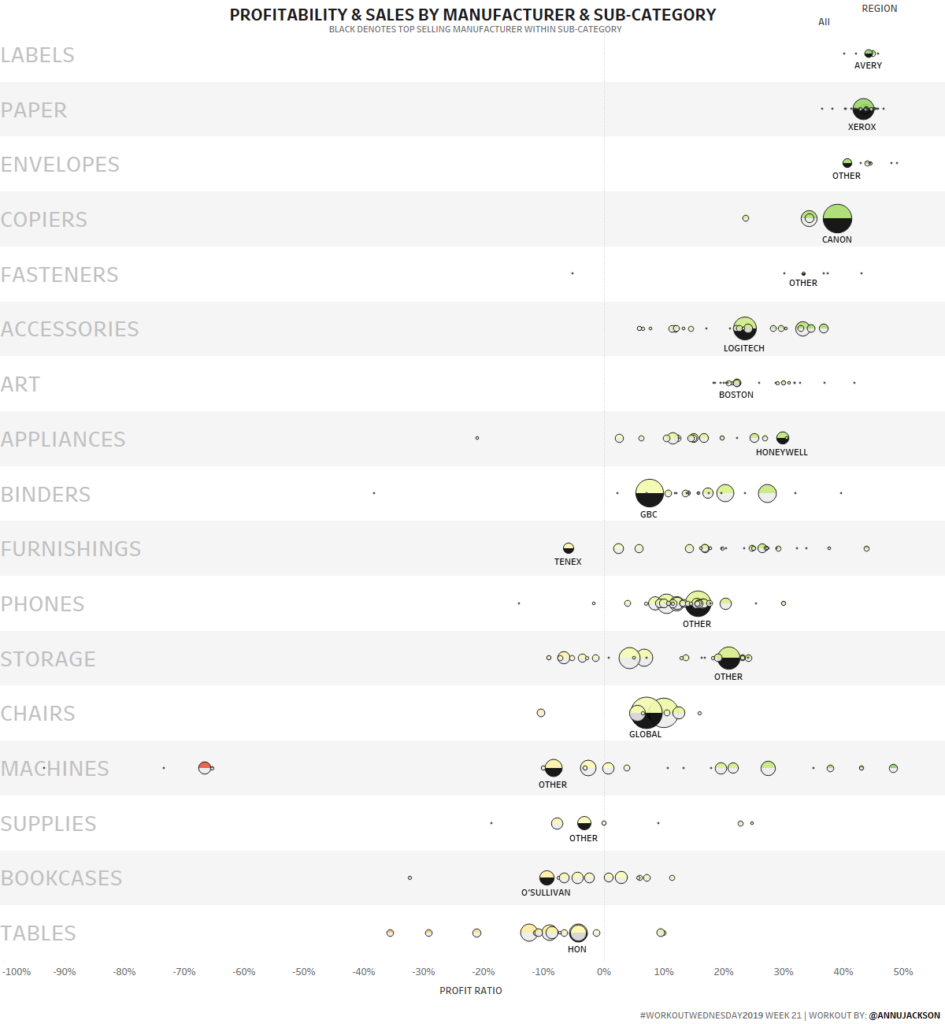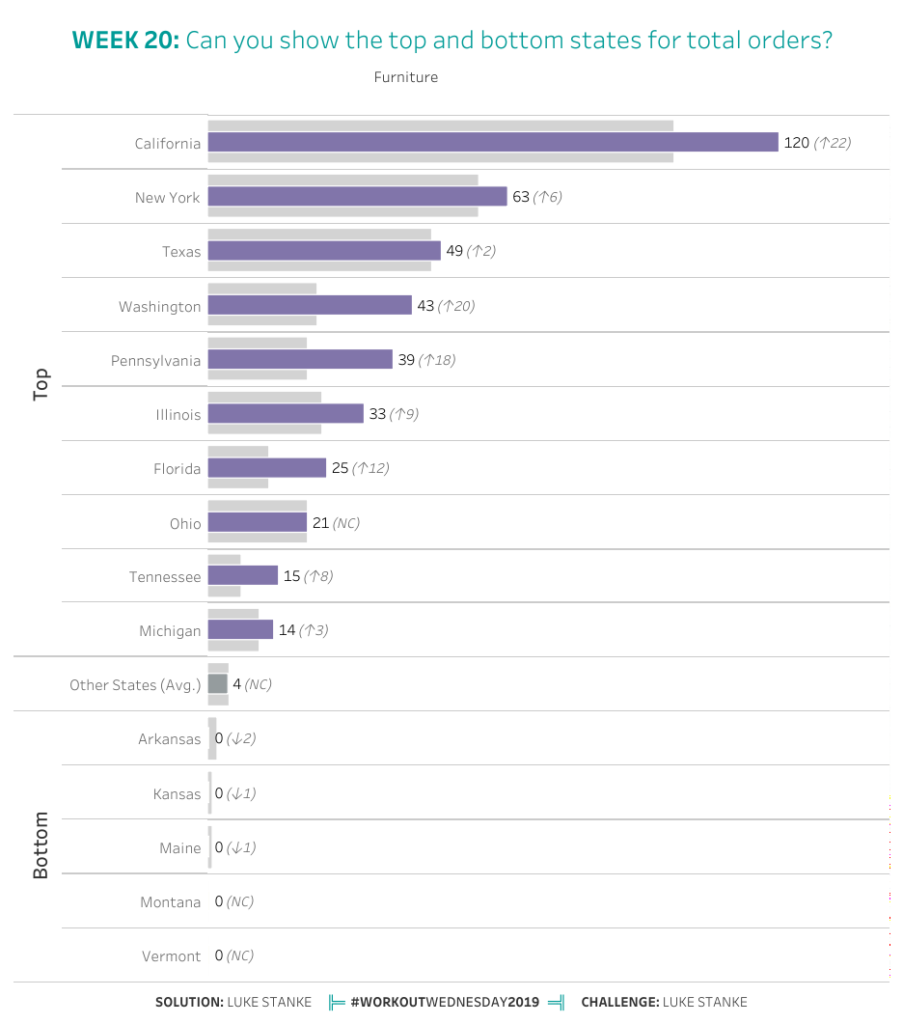2019 Week 29: Which months do we see a higher number of orders?
Last week we were putting together a deck for an executive team and we wanted to show the seasonality of data while still showing the overall average. In our time crunch we came up with our challenge for this week!p Challenge – Intermediate Click image to view on Tableau Public Requirements – Intermediate Format: 900px …
2019 Week 29: Which months do we see a higher number of orders? Read More



